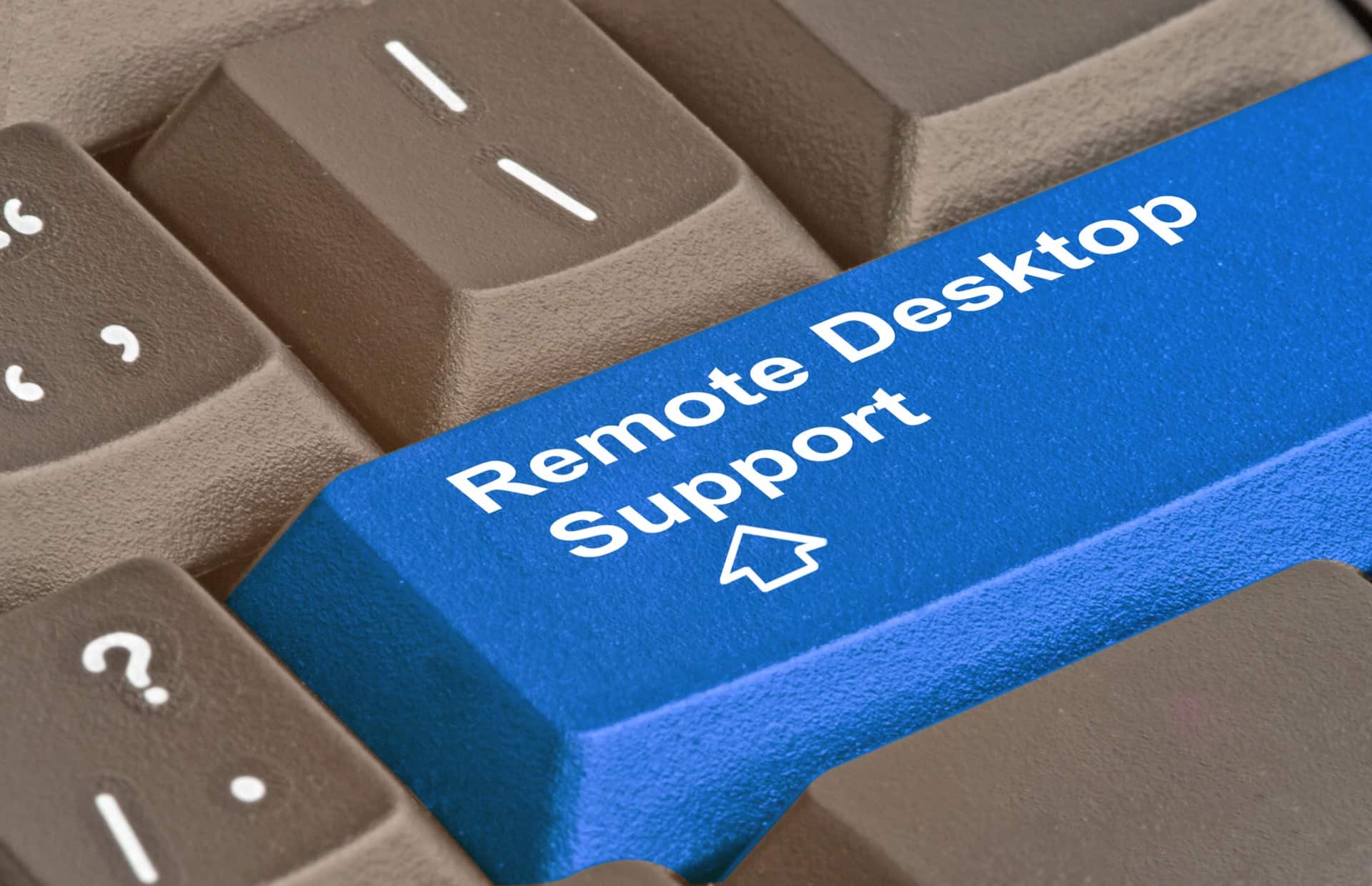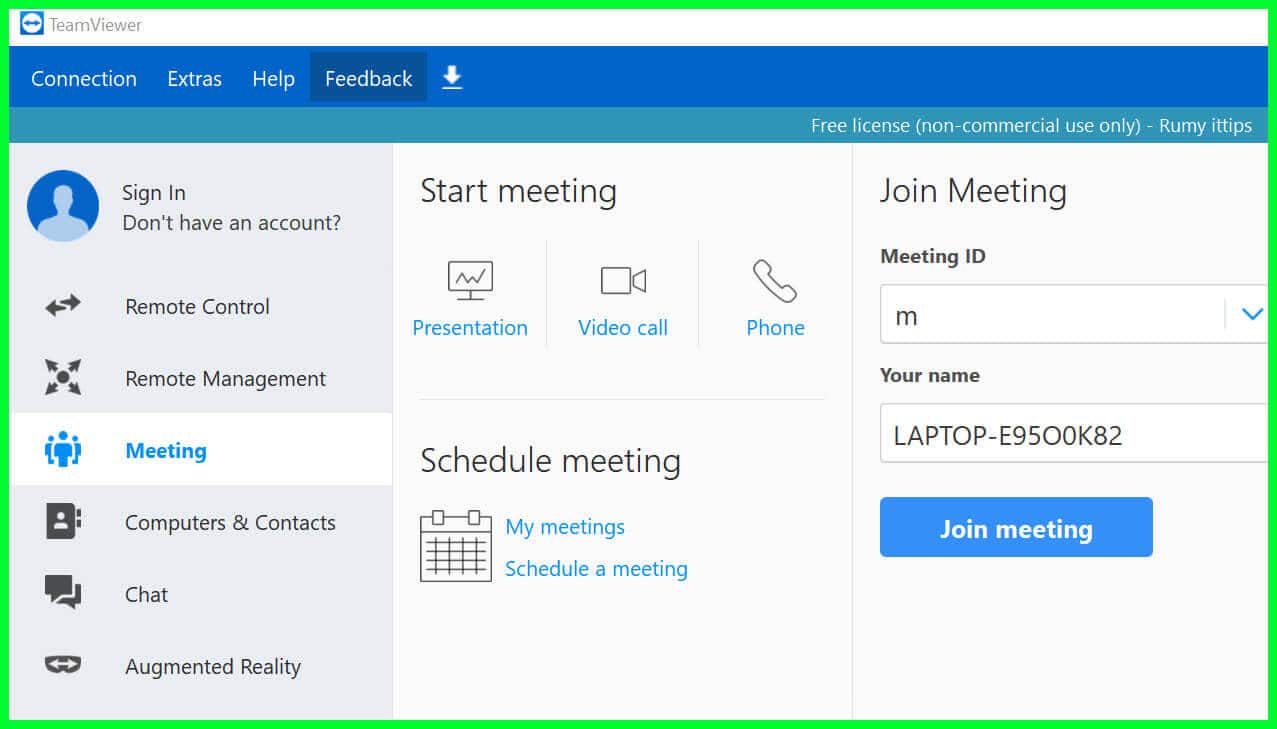TeamViewer is a remote support, remote access & online meetings management software which supports remote computer restart. AnyDesk is a remote desktop software accessible on all platforms, including Windows, MacOS, Linux, Android, and iOS. Compare AnyDesk vs TeamViewer. 1744 verified user reviews and ratings of features, pros, cons, pricing, support and more.

AnyDesk vs TeamViewer
Following our previous discussions on comparing remote desktop tools, today we are going to compare Anydesk vs TeamViewer.
Today, many individuals and organizations around the globe need to be able to access computers that are physically away from them, and that is exactly what remote desktop tools such as AnyDesk and TeamViewer enable people to do. Online education, teleworking and software troubleshooting are just a few examples of situations that can be simplified a great deal with the help of remote desktop tools.
TeamViewer and AnyDesk are both developed by German companies. TeamViewer was first released in 2005 by TeamViewer GmbH and has been going strong, ever since. A decade later, AnyDesk was created by some ex-TeamViewer employees and soon, joined the other front runners like Microsoft’s Remote Desktop Connection and TeamViewer, in the remote desktop software market. In the past few years, AnyDesk has been gaining popularity, increasingly. So much so that in 2019, Gründerszene Awards acknowledged AnyDesk as Germany’s 36th fastest-growing digital company.
Editions and cross-compatibility in AnyDesk vs TeamViewer
Both AnyDesk and TeamViewer are both free for private use but need to be purchased for commercial purposes.

TeamViewer is available for many platforms, including Windows, macOS, Linux, ChromeOS, Raspberry Pi, Android, iOS, Windows Phone, and BlackBerry. AnyDesk has client and server versions for Windows, macOS, Linux, and FreeBSD, but only client versions for Android, iOS, Raspberry Pi, and Chrome OS, that means you can use AnyDesk to connect from an Android phone to a PC, but no remote computer can access your Android device through AnyDesk. In contrast, TeamViewer allows mobile to mobile, desktop to mobile, mobile to desktop and desktop to desktop connections. Also, unlike TeamViewer, AnyDesk is not available for Windows phone, Blackberry and some older versions of Windows (before Windows XP).
Therefore, in terms of cross-compatibility, in the AnyDesk vs TeamViewer competition, TeamViewer is more successful, even though, AnyDesk is very cross-platform compatible, too.
Performance and efficiency in AnyDesk vs TeamViewer
In order to use AnyDesk, all you need to do is download a 3M file and run it! By default, AnyDesk runs in portable mode, so you can start using it right away, without any installation, configuration or port forwarding required. All you need to do is enter the address of the remote computer. However, you can choose to install AnyDesk, too, if you want. The installation is very simple and it gives you the option to create an alias for yourself, so you can use it instead of the address which is a random string of numbers.
Similarly, TeamViewer is very easy to install, as well. Even though it is not as lightweight as AnyDesk, and it does not require any firewall configurations, either.
AnyDesk is based on a proprietary video codec, DeskRT that is designed as a fast and optimized means to transfer image data from graphical user interfaces (GUIs) between computers. With its innovative compression process, DeskRT is able to send out data with a rate of up to 60 frames per second.
DeskRT also has powerful algorithms to compress some of the usual elements of GUIs, such as large areas of color, sharp edges and repetitions of pixels, efficiently. Besides, AnyDesk can adjust the connection to provide users with the fastest possible remote experience and the best achievable video quality. As a result, AnyDesk performs rather well in low bandwidths and poor Internet connectivity, too, whilst, TeamViewer users, sometimes, experience difficulties in low-bandwidths.
Download pinnacle scsi & raid devices driver. Accordingly, AnyDesk is believed to be the fastest remote desktop software by some people, but nothing is proven, yet and TeamViewer is still very much in the competition.
Security in AnyDesk vs TeamViewer
Anydesk Vs Teamviewer 2020

AnyDesk uses banking-standard TLS 1.2 technology to protect systems against unauthorized access. It also uses RSA 2048 asymmetric key exchange encryption to verify every and all connections.
TeamViewer secures its traffic by using RSA public/private key exchange and AES (256 bit) session encryption. The private key only stays on the client computer and never leaves it, therefore, none of the connecting computers in between can decrypt the data stream; even the TeamViewer routing servers are no exception.
As an additional security measure, it is possible to create a whitelist in AnyDesk, so only trusted devices can send connection requests to you. TeamViewer offers the whitelist option, too. It also has a blacklist function, to block certain TeamViewer IDs and/or accounts from requesting to connect to your system.
Nevertheless, both these powerful remote desktop tools have been exploited by online fraudsters, few times, now.
Compare Anydesk And Teamviewer
For example, in 2019, the Reserve Bank of India sent a warning to banks and payment systems operators that AnyDesk was being used by cybercriminals to steal sensitive data, such as information on bank accounts.
TeamViewer had a similar incident in 2016, when many TeamViewer users complained about unauthorized access to their systems, and reported raided PayPal, eBay, and Amazon accounts due to stolen information saved in their browsers.
There’s no doubt that TeamViewer and AnyDesk both are protected by some advanced and state of the art security techniques. However, as the saying goes, “a chain is only as strong as its weakest link.” So without a security-aware user, no amount of security measures taken by the software developers is enough, especially, for a high-risk activity like remote connection.
Features and properties of AnyDesk vs TeamViewer
Slower traffic keep right driver download for windows. Here is a comparison of some other properties and features in AnyDesk vs TeamViewer.
- TeamViewer and AnyDesk both can remotely connect to other systems through the Internet as well as the local network.
- Both allow remote printing.
- AnyDesk allows file transfer through Copy and Paste synced clipboard for all platforms. It also has a dedicated file manager for Windows and macOS, only. Users can prevent file transfer in AnyDesk altogether, by disabling clipboard transmission in the security settings. In addition to Copy and Paste and file manager options, TeamViewer permits Drag and Drop file transfer too, but just for the Windows users. You can disable file sharing on TeamViewer, as well.
- TeamViewer only supports audio sharing in Windows, but AnyDesk supports it in all platforms.
- Video is supported in both TeamViewer and AnyDesk.
- TeamViewer provides cloud-based management services, which enables users to use TeamViewer on browsers without having to install it. AnyDesk does not have this feature.
- You can integrate TeamViewer with many third-party apps such as Cherwell, Microsoft Intune, and Zendesk. AnyDesk can be integrated with some third-party widgets, too, but it requires getting REST-API and documentation for domain and authentication.
- TeamViewer and AnyDesk both have a chat tool. They both also offer a whiteboard to draw and write on the presented screen, so everyone can see it.
- AnyDesk allows recording sessions. You can either manually turn on recording whenever you decide to record a session or set AnyDesk to automatically record all sessions. The same goes for TeamViewer. Plus, TeamViewer lets you convert your recorded session into an AVI file with just a click.
- AnyDesk and TeamViewer both support unattended access which lets the user access a host computer with no one sitting at it required.
- In TeamViewer, the maximum number of simultaneous connections you can have depends on your license and only goes up to 15 for the highest license tier. In AnyDesk, the maximum number depends on your license, likewise. The Free and Lite license will only allow one simultaneous session. The Professional license allows for as many sessions as ordered and Power license enables unlimited sessions for the number of active devices ordered.
- By default, both TeamViewer and AnyDesk allow the local user to see everything that the remote user is doing, on their screen, so they can be good choices for remote assistance.
- Screen blanking, i.e. concealing the screen content during a session for anyone with physical access to the remote device, is sometimes required for privacy reasons. TeamViewer currently offers screen blanking as an option which is only possible when connecting to Windows systems. In AnyDesk, the option is called Screen Privacy and is available for Windows 8/10, macOS and Linux.
Anydesk Teamviewer Download
Conclusion
TeamViewer and AnyDesk have many similarities and a few differences. For example, TeamViewer is easier to integrate with third-party apps and AnyDesk supports audio in more platforms, comparing to TeamViewer. Generally, it is best to assess your needs carefully and compare them to some top remote desktop tools, such as AnyDesk, TeamViewer, Remote Desktop Connection, VNC, so you can choose the one that can fulfill your or your organization’s requirements, best.
Anydesk And Teamviewer 14
As for comparing AnyDesk vs TeamViewer in terms of security, as discussed earlier, despite being truly competent, both of these remote desktop apps have been misused by cyberattackers, at some point, and it is not really safe to expose your computer and data directly to the Internet with any of them. However, by developing better security habits, like using a powerful firewall, you can make your remote connection way more safe and secure.
